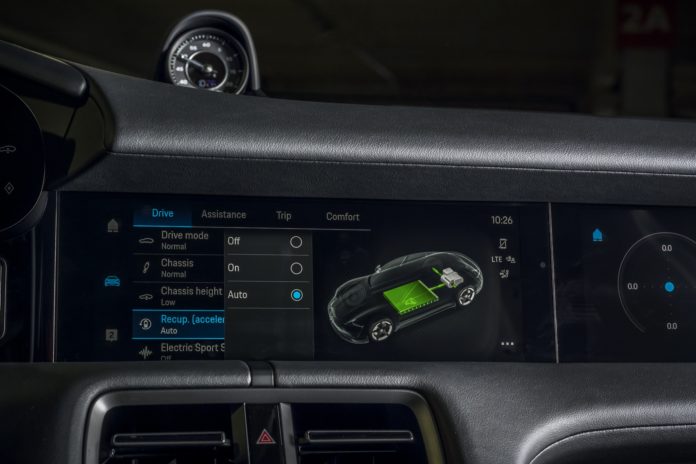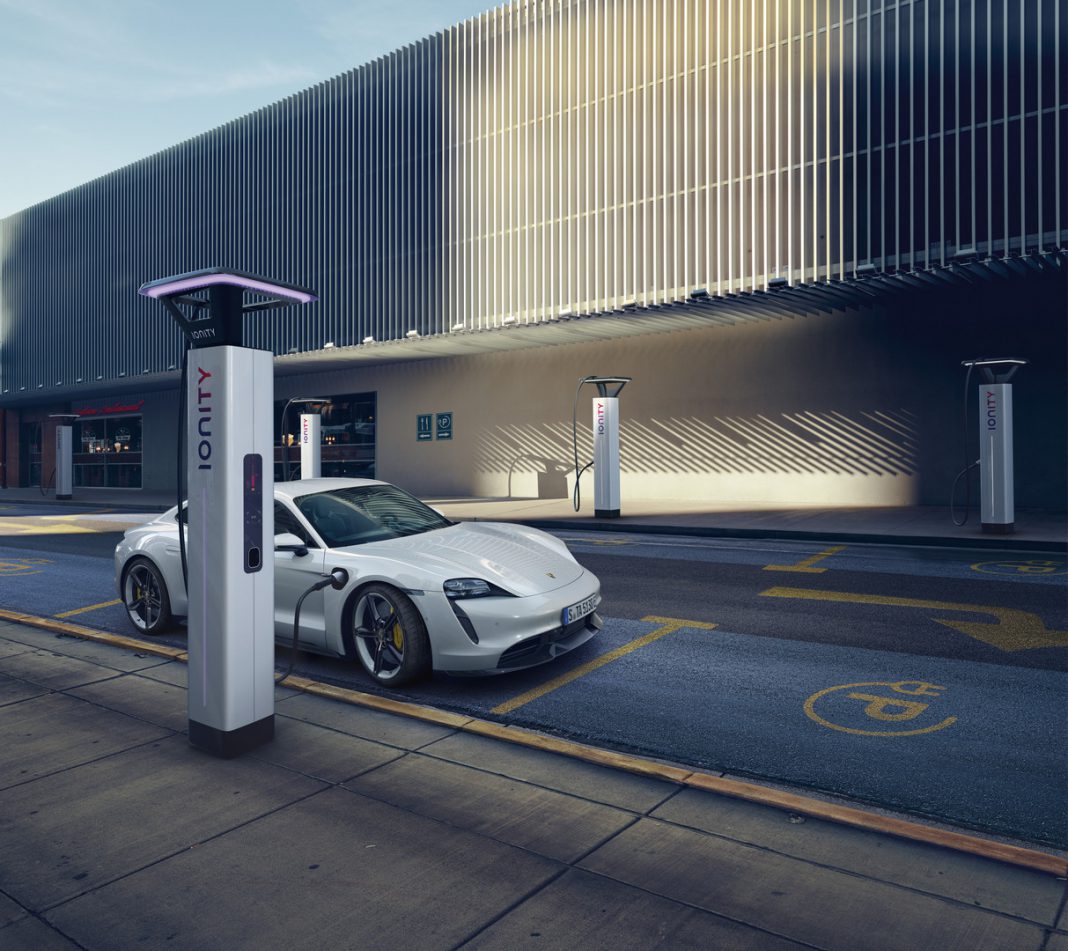Electric vehicles are quiet, simple, fast and good for the planet: that’s what we are told. We will soon be living in cities that will be far quieter where cars, buses, taxis and HGVs will hum through the streets of every developed city across the planet without emitting any harmful CO2 or unpleasant noises. This is the ideal scenario, but this utopia is more of a mirage than an imminent reality. Forget the utopian imagine, the current reality is rather less idilic.
The limitations of physics, infrastructure and current technology means that even the most advanced cars and chargers combined will still have you plugging your EV in to charge for hours a week to ‘brim the tank’ from zero, this comes at a cost. Yes, if you have the luxury of owning a home and installing charger for you might get away with a night sipping at the juice box to cover your commute. But do you spend £150,000 for a Taycan Turbo S to drop the kids to school and potter over to a bourgeoise bakery for a loaf of seeded sourdough?

Automotive veganism is similar to the dietary kind. It’s not always enjoyable, but you’ll feel like you’re making a difference despite the compromises. Whilst the infrastructure is as broken and fundamentally flawed as it is, the stress and lack of options means that having a 751bhp Taycan or a 1,006bhp Tesla is not relevant or appealing to a true enthusiast. In the real world the numbers are one dimensional and the weight penalties blunt handling. Furthermore, you simply cannot get out and drive for fun without changing your mentality to factor in the state of charge and planning routes to pass fast chargers or face the pain of staring at the charge levels at a slow charger having downloaded four apps on your phone only for the charger to induce fits of rage with repeated ‘unable to connect’ error messages, true story. This isn’t a problem for a short city commute, a Honda e or any other small city focused EV makes the most sense in my mind, as does taking public transport.
Compliment these relatively cheap and snazzy commuter boxes with a car you can reserve for that Sunday morning coffee run with you partner or a drive out to The Cotswolds for lunch with old friends. Reserve petrol as a luxury and have an automobile that embodies the joy of driving to enjoy on sunny days and special occasions. Don’t sit in traffic in the city burning fuel, save it for the roads where you can enjoy it without being sneered at. Don’t drive a petrol powered car to get from A to B, drive it to smile and to relish a spontaneous 300 mile drive to the seaside via your favourite roads, you would break a sweat doing that in any current EV unless you restrain your right foot with a chastity belt.
Great advances are being made to improve infrastructure and EVs. The Taycan is held in high regard as it is made by engineers that know what it takes to make a car that is enjoyable to drive, not just to do 0‑60 times (before feeling queasy). My personal opinion is that the limitations are beyond the infrastructure. It will take decades and billions of pounds to get everyone out of a combustion car and into an EV. “With electricity alone, you can’t move forward fast enough,” says Michael Steiner, head of R&D at Porsche.
Whether it is hydrogen fuel cell technology or synthetic fuels, I’m sure there is an easier, more convenient and less compromised solution that will come to the fore. The €15bn synthetic fuel investment from Porsche with Siemens presents a glimmer of hope.

“Synthetic fuels are very important to allow us to reduce our CO2 output. Emissions are way better than current pump fuel, with less particulates and less NOx produced; synthetic fuels have between eight to ten components whereas petrol today has 30‑40 and not all of them are welcome,” Porsche’s Vice President Motorsport and GT cars, Dr Frank Walliser, explained.
“Synthetic fuel is cleaner and there is no bi‑product and when we start full production we expect a CO2 reduction of 85 percent. From a ‘well to wheel’ perspective ‑ and you have to consider the well to wheel impact of all vehicles ‑ this will be the same level of CO2 produced in the manufacture and use of an electric vehicle.”
There’s no infrastructure change required, just pull up to the pump, fill up and leave. Production begins in 2022 with half a billion litres expected to be produced in the next five years. The first commercial flight run on synthetic fuels flew from Amsterdam to Madrid this month, imagine if every flight or freight container ship produced 85% less CO2. Let’s hope us enthusiasts can help make a difference whilst driving the cars we love without being framed as villains or worse still, have automotive veganism thrust upon us without a choice.













